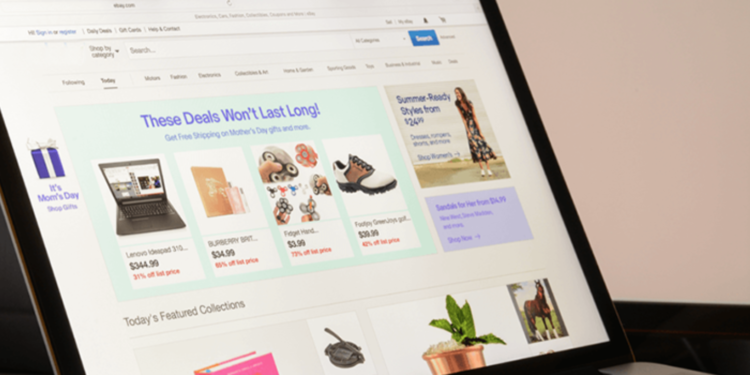In light of the global COVID-19 pandemic, online shopping is becoming increasingly popular. As a result, eCommerce sites have a decent chance to get ahead in the world, even as other sectors of the economy suffer losses. That being said, running a business is never easy. A good business plan and a can-do attitude is a must, especially in the face of setbacks. Here are five things to consider as you develop your idea for an eCommerce business.
1. Clear Branding

Repeat customers are the lifeblood of most businesses, so it’s worth your while to be memorable to consumers. To this end, having a recognizable logo and aesthetic can help assure customers whose trust you have gained that they know who they are shopping from. Your brand doesn’t need to be excessively showy—it’s more important for it to be consistent throughout your site and products. If your style is too forgettable then customers might have a good experience shopping at your store and not remember where they bought their items.
2. Targeted Marketing
Targeted marketing works exceptionally well. In order to target your marketing materials successfully you’ll need to have a clear picture of what your average customer might look like. You can use widely available data-gathering tools to accumulate these details (Google Analytics is one example of this type of useful software).
If you are wondering how to buy Amazon returns pallets to stock your store this will be an important step, and you won’t even need to get into too much detail to buy and flip Amazon pallets for a potential profit. Instead, try using the basic details you’ve gathered and to generalize the reason someone might want to purchase your product, and work from there. Monitor your best selling products and promote them on your website’s front page. Amazon liquidation provides great opportunities to reach large customer bases with different goals and provide them with lower prices to turn a profit.
3. Social Media

Social media is a mainstay of most company’s marketing strategies, so even if your business doesn’t frequently use their social media accounts it is still helpful to have several. Making periodic updates will let people who find your company on social media know that it is still in working order, in addition to having a positive influence on your website’s Search Engine Optimization (SEO). Social media is a good way to interact with customers as well, so having a dedicated social media presence would certainly not be a detriment if you put an appropriate amount of effort into maintaining it. Having a solid SEO works with Google search algorithms to help small businesses show up in search results, which will translate into more customers and more sales.
4. Contact Info
When it comes to automated services, Some people just want to talk to a human—or at least get the reassurance that humans are involved somewhere in the process. As your business grows, you may eventually need to employ the services of a call center and utilize ITSM. Good customer service makes a world of difference to consumers, so it’s worth it to hire professionals to answer emails and call back customers who leave messages on your answering machine. Companies like BrightPattern can help manage all of your customer service needs, whether it has to do with customer reviews, return policies or navigating a new service. Remember, a happy customer often becomes a returning customer.
5. Making it Mobile Friendly
Mobile users make up a significant amount of web traffic these days, so making sure your website is mobile friendly is a good idea. Google recently transitioned to a mobile-first search index in response to the large number of search queries posed by mobile users, and this poses a unique challenge to businesses wanting to be at the top of a Google search. Seeing as showing up in search results is the name of the game these days, ensuring mobile friendliness won’t just help your mobile users—it’ll impact your entire customer base. So be sure that your products are easy to find on a phone, whether it’s the contents of your Amazon pallets, consumer electronics or any other product category you might have.









